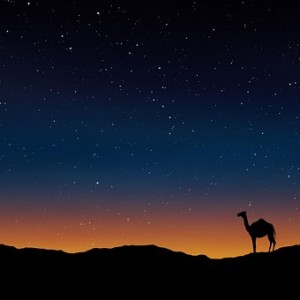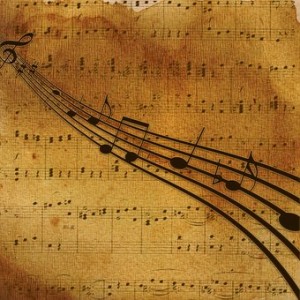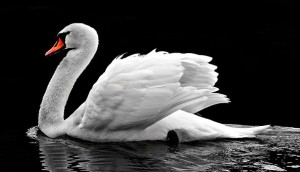A person who speaks Chinese and a person who speaks French cannot hold a conversation. Oh, with the use of hand motions, a primary form of communication might be possible; but it could hardly be called conversation. A person who only speaks Spanish cannot have a real conversation with a person who just talks any one of the Vietnamese dialects. All languages are different — all languages except music, that is. Music is the same in every language.
There are seven notes in a musical scale, and it does not matter what country you are standing in or what language you speak. There are still only seven notes in a musical scale. Granted, those seven notes might have different names in different countries; but the music is the same, and if the note is written on a musical staff, every musician plays the very same note.
Henry Wadsworth Longfellow said, “Music is the universal language of mankind.” He was right. All humans have the same well of emotions. We can all feel happy or sad — hopeless or hopeful, joyful or depressed, defeated or victorious. Moreover, the same music can evoke the same emotions in people who speak different languages. We all bleed red, and we all feel the same inside. We all understand “music” no matter what language we speak.
I cannot imagine a world without music. Sometimes music merely is background, and sometimes music is the star. However, there is always music, and it is a language that all musicians can read and “speak,” and all the rest of us understand.
Moreover, it is not only humans who understand the language of music. Music therapy has proven effective in plants and animals, too. Furthermore, it has shown that both plants and animals respond in a positive way to the sound of music.
 look inside |
The Red Sarafan for Chamber Orchestra Composed by Alexander Varlamov (1801-1848). Arranged by Lisa Lenke Sousa. 21st Century, Romantic Period, Classical Period, Folk, European. Score, Set of Parts. 34 pages. Published by Lisa Lenke Sousa (S0.298957). |
Music and ballet intertwined right from the beginning of time. Without music, ballet is nothing more than the empty motions of a ritual. Without the movement and rhythm of the dance, music loses all vitality. Moreover, so, ballet as a doorway to human expression hinges on both music and dance.
Jean Baptiste Lully (1632-1687), the Italian-born French composer who founded the French national opera was not just a court composer to Louis XIV, but also a choreographer who produced court ballets for Moliere’s plays. Because of his work in music and choreographer, his productions never lacked an accompaniment. However, theater productions of the eighteenth century turned composers away from ballet and toward the music of ballroom dancing.
This phase sustained its self straight through the nineteenth century except for pieces by Russian classical composer Pyotr Ilyich Tchaikovsky (1840-1893) which include the Nutcracker, Swan Lake, and Sleeping Beauty.
In the twentieth century, however, ballet came back to the spotlight. Once again considered a respectable art form, choreographers looked to the works of classical composers such as Mozart, Bach, Vivaldi, Chopin, Brahms, and Handel to perform the art of ballet dancing too.
Many agree that dance owes its very existence to the likes of those who are both composers and choreographers. Because being musicians in nature, they naturally pay close attention to ballet following the rhythmic structure of its accompaniment precisely. One who does not understand music can easily create choreography that looks good that in of itself, yet at the mercy of a great classical piece the novice falls short of expressing the true nature of the piece. Instead, they turn the production into a form of movement that is devoid of both art and beauty. The experts instead know when it is appropriate to go against the grain of the accompaniment to heighten those dramatic periods which capture their audience’s attention and leaves them breathless.
As we dawn a new era of music and dance, it is undeniable that ballet will continue to change. However, just as music and dance have always been the best of friends, the ballet will continue to find its new identity in the evolving music of today.
Do you have a brass band and looking for new music to play at your next performance? Check out and purchase my arrangement of No. 5 Pas de deux From Act I from the Ballet Swan Lake Op. 20 by Pyotr Ilyich Tchaikovsky by clicking on the link.
No. 5 Pas de deux From Act I from the Ballet Swan Lake Op. 20
This arrangement of No. 5 Pas de deux From Act I from the Ballet Swan Lake Op. 20 is a challenging piece for British Style Brass Band. It contains a full score including parts for 9 cornets ( 4 solo cornets, 2 second cornets and 3 3rd cornets), 1 Flugelhorn, 3 Tenor Horn parts, 2 Baritone, 2 Tenor Trombones, 1 Bass Trombone, 2 Euphoniums, 2 E flat Tubas, and 2 BB flat Tubas. Please order this piece today!!



